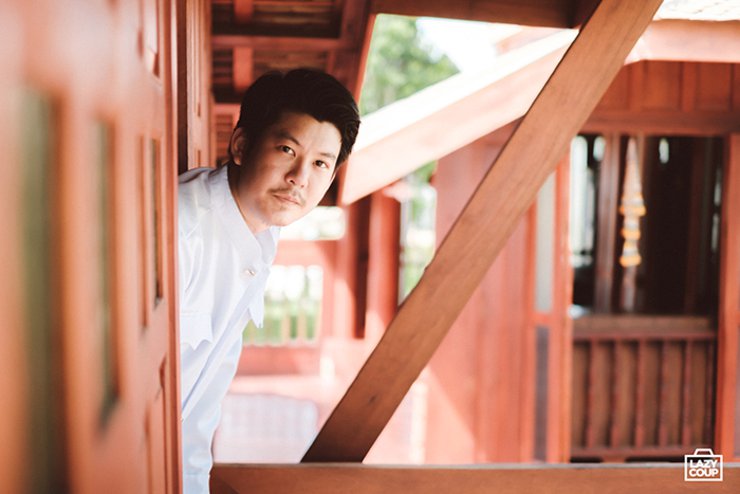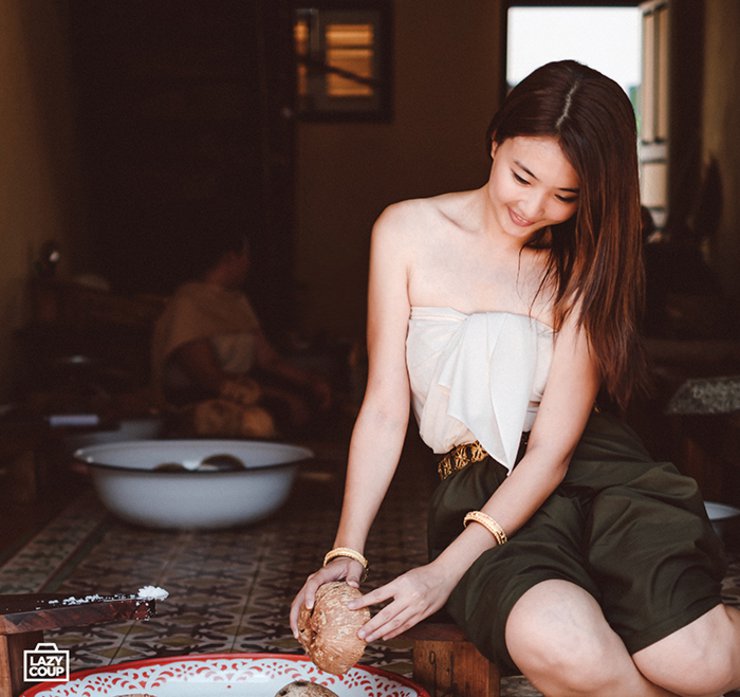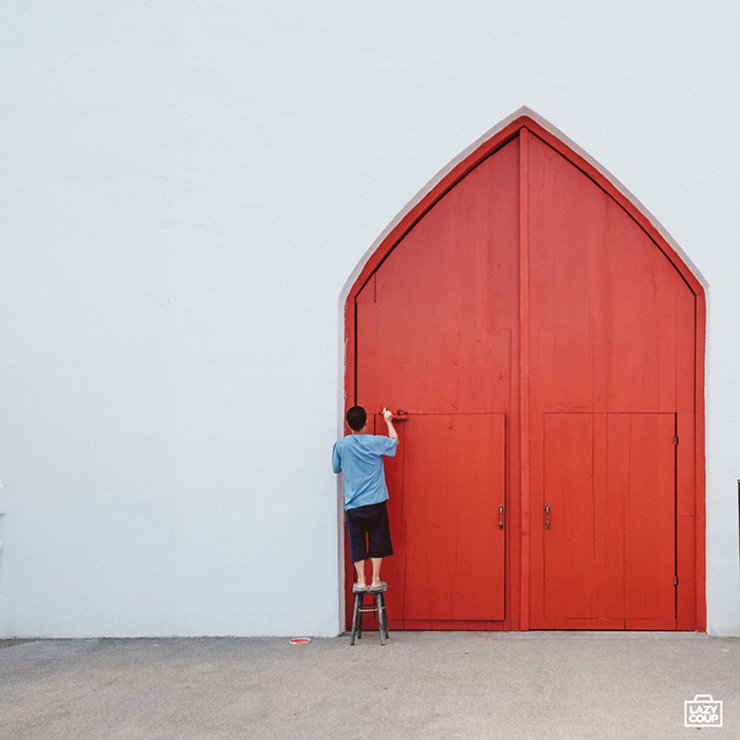Retro

⏰ Turn back the clock

👶... Visiting Mallika City

Do you remember the fun of your childhood? In those days, everyone must have pretended to be a merchant, using leaves as vegetables.

🍀 Molding clay into cooking pots

🍚 and play to exchange and trade with each other

The fun of those days gradually faded away with time, but a certain nostalgia brought us to Mallika City, Kanchanaburi... where we "relive our youth".

👶" It transports us between the present and the past, like visiting a friend's house, dressing up in traditional Thai attire, and assuming imaginary roles. It recreates familiar settings and simulates buying and selling, bringing back old memories in a fun way.





This is not just a trip down memory lane for us, but Mallika City also "travels back in time."

⏰ During the reign of King Chulalongkorn (Rama V) in 1887, when the abolition of slavery was declared, this exhibit recreates the bustling houses and shops of that era.

This charming town offers a delightful culinary experience with its wide selection of fruits, savory and sweet dishes, all prepared using traditional charcoal stoves. The warm and welcoming locals, with their charming smiles and polite greetings, add to the overall appeal. Their use of "ขอรับ" and "เจ้าคะ" at the end of their sentences is both melodious and captivating. A visit to this town is sure to leave a lasting impression.

Ready to go with #Lazycoup

Google Map : Mallika R.S. 124
Upon entering Mallika R.E. 124, visitors are greeted by a large white city wall adorned with a red gate, transporting them to a bygone era reminiscent of traditional Thailand. Admission fees are 200 baht for adults and 100 baht for children.


If you'd like to take a ride around the city in a rickshaw, you can contact the drivers for 50 baht. They will take you on a stylish ride like the one in the picture. You can also ask them to take your picture, and they will be happy to do so free of charge.



Let's talk about clothing and attire, as I'm confident it's another factor that draws many people to Mallika City.
Thai dress rental for women (with a sabai) costs 200 baht.

The rental fee for the Thai dress with a sweetheart neckline that I am wearing is 200 baht.

White lace dress rental fee for women: 5,300 baht.

The rental fee for the Ch. Ratchapratan costume is 300 baht.

Children's costume rental fee: 50 Baht


While it's not mandatory to wear a traditional Thai outfit upon arrival, you might regret not doing so once you enter the city. Nearly everyone will be dressed in traditional attire, creating a truly immersive experience.

Before entering the city, there is one thing you should know: the city does not use the Thai baht that we normally use. You must exchange it for stang first. The exchange rate for stang is 1 stang = 5 baht. After that, Lazy Coup will take you to see the atmosphere in each part of the city.

"Saphan Han" is a replica of the old bridge, which was a wooden structure crossing a canal. On both sides of the bridge, there were small shophouses for selling goods, while the center served as a walkway.

The interior of the market sells a variety of fresh and dried fruits. Historically, King Rama V enjoyed visiting bridges like this one to purchase imported dried fruits, such as dried persimmons and various other types of dried fruits.






Crossing the aforementioned Saphan Han Bridge, you will encounter a pastel-colored building, the "Commercial District," modeled after the Phraeng Nara Road area during the reign of King Rama V (1897). Here, you will find Thai-style food and beverages prepared without the use of electric stoves, relying solely on charcoal. Each shop welcomes visitors to enter, observe the cooking process, and engage in conversation. The locals' charming use of traditional Thai speech, ending sentences with "khrap" or "cha," adds to the authentic atmosphere.













After a short walk, we will see tall buildings that allow us to enjoy a 360-degree view of the city of Mallika. This building is called the "City View Tower" and is modeled after a prison watchtower used to prevent prisoners from escaping. A security guard sits at the bottom and top of the tower to ensure the safety of the visitors, making sure the number of people on the top floor is not excessive and that children are always closely supervised by their parents.



Let's take a look at the panoramic view from the observation tower...






Note: The original text is empty, so the translation is also empty.






With rumbling stomachs, we decided to head to the "floating pavilion" for a bite to eat. The pavilion is situated on a canal, a reminder of a time when waterways were the primary mode of transportation. Here, you can find a variety of Thai dishes, traditional coffee, and sweet Thai drinks.







After a satisfying meal, we continued our journey. After walking for a while, we came across a rice field and a dark brown wooden house called "Baan Diew". It is a replica of a typical farmer's house, where people worked as farmers and grew rice. This represents the middle class of people in the past.







As you continue walking, you will encounter a reddish-brown wooden house, known as the "House of the Aristocrat," representing the ruling class. This house offers instruction in garland weaving and floral arrangements using leaves and palm leaves. The interior of the house features a variety of decorative furniture.






I came across a lizard on my way.

The "Rueaan Moo" is a black Thai house that serves as a guest house. It offers dinner and traditional Thai cultural performances for visitors. (However, I will not be present in the evening. If you are interested, please inquire at Mallika for more information.)





For those who want to take photos with hipster wildflowers in their Thai outfits, there is a field near the traditional houses.

And we walked across the bridge back home.


If you ask me if I like it here, I would say that I am very impressed.
- Regarding the idea of creating a truly immersive Thai city: Some attempts have been made in the past, but they lacked the level of engagement and participation offered by this project.
- The experience within Mallika City: The staff members are incredibly dedicated to their roles, consistently using period-appropriate language like "ขอรับ" and "เจ้าค่ะ." Some even go beyond their assigned roles, like the merchant who enthusiastically introduced us to traditional sweets. When we complimented his authentic attire, he replied, "Well, I am a resident of this city, after all." This level of dedication is truly impressive. The staff who helped us dress also took great care in selecting colors and styles, creating charming and authentic looks for us.
However, one area that could be improved is the limited availability of money exchange booths within the park. If visitors exchange for too little money, they may have to walk a considerable distance to exchange for more. It is therefore advisable to exchange for slightly more than needed, as finding exchange booths can be challenging.
For more information on Mallika, please visit the official website.


Thank you to all our friends who have watched our Lazy Coup review. You can follow more reviews on our Facebook Fanpage: lazy coup.
Lazy Coup
Tuesday, October 8, 2024 10:28 AM















